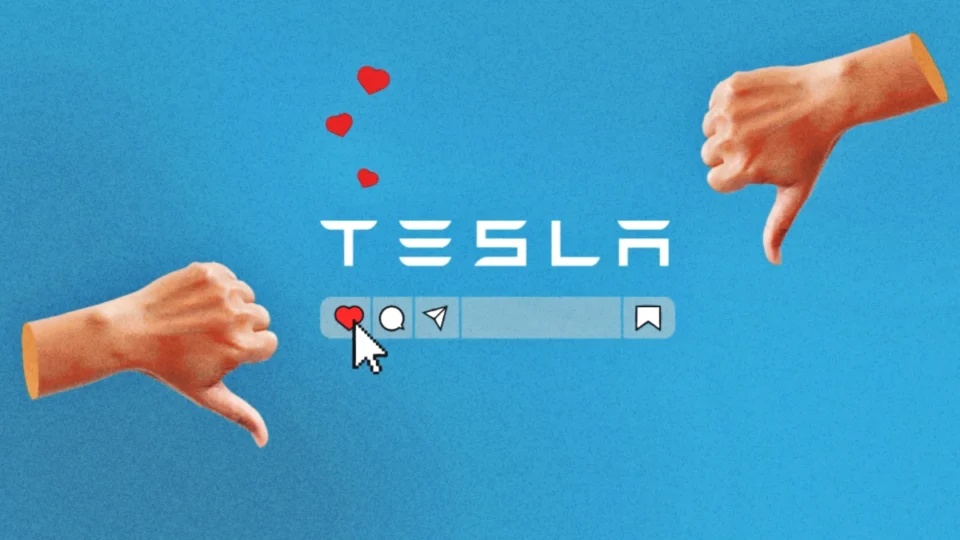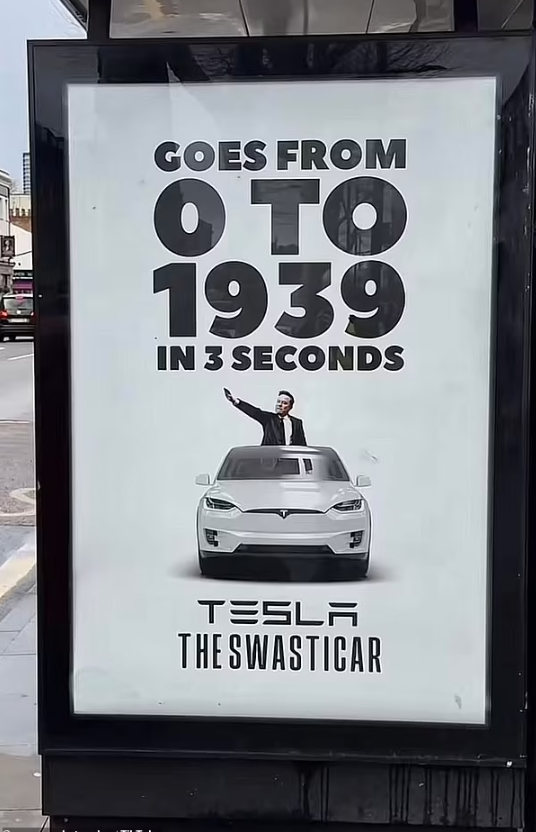
Tesla Marketing: Why the Musk-Driven Strategy Is Running Out of Charge
Tesla marketing is undergoing a quiet—but significant—pivot. The shift comes as deliveries fall, trust dips and public backlash intensifies across major markets.
Back in 2015, Tesla’s marketing was the stuff of legend. It was all about one thing: Elon Musk. The man was the brand. With a massive online following and a defiant “I hate advertising” stance, Musk positioned Tesla as the rebellious genius of the auto industry. Who doesn’t love a rebellious product? It worked. The “no marketing” marketing strategy turned heads, won fans, and racked up internet clout. Tesla became a cult favorite for its environment-loving, rule-breaking energy.
Switch to now—a lot has changed, both in the market and for Tesla. The company has adopted marketing and advertising. However, the flip in just a few years proved some broader truths about marketing.
Today, we’re diving deep into Tesla’s marketing to uncover those truths, developments, and some PSA for brands.
Why building a brand around one persona backfires
There’s a reason the phrase “Don’t put all your eggs in one basket” has stood the test of time. And Tesla marketing? It’s a textbook case of what happens when you do that.
In its early days, Tesla was the disruptor—a sleek electric car company challenging the fossil-fueled giants, pushing innovation, and promising a cleaner future. However, the marketing engine behind this revolution wasn’t a traditional ad agency or a well-oiled PR machine—it was Elon Musk himself.
From product reveals to Twitter storms (now X), Elon operated as Tesla’s face, voice, and soul. He announced launches, responded directly to customer concerns, mimed his way through tech culture, and turned every significant press moment into a personal performance. It was bold and unconventional, and it worked—for a while.
As the years rolled on, the line between a brand personality and a CEO became blurred. Tesla company became more intertwined with Musk’s unpredictable persona. His controversial opinions, chaotic tweets, political endorsements, and leadership decisions outside Tesla (like at X and SpaceX) started to blur the line between personal and product brands. Suddenly, buyers weren’t just deciding whether to invest in an EV—they were deciding whether they could support Elon Musk himself.
That’s where things get dangerous.
Because the minute your brand reflects one person’s behavior, you lose control. Public sentiment shifts fast.
That’s what we’ve seen in recent months. Tesla’s brand trust has dipped and touched the lowest. Competitors have caught up. And now, for the first time, Tesla is investing in traditional advertising—a quiet but telling pivot from the days of “I hate advertising.”
The lesson? No matter how charismatic your founder is, you can’t build a scalable, sustainable brand on one personality alone. You need structure, depth, and a brand identity that can breathe and thrive beyond the individual. If the person falls out of favor, the brand might go down with them.
Bad press hurts—Even for Tesla marketing
Despite the adage, not all publicity is good publicity. Tesla marketing has taken a visible hit across European cities, with billboard campaigns targeting both the brand and its CEO.
After Elon Musk’s hand wave at the Presidential inauguration event in January, several European countries, including the UK, Germany, and the Netherlands, saw a wave of anti-Tesla and anti-Elon Musk billboard campaigns. Organized by activist groups and betrayed consumers, these billboards called out Tesla’s alleged ethical violations, labor disputes, and Elon’s personal controversies.

The billboards weren’t limited to online protests. They appeared in high-traffic areas, major cities, and near Tesla showrooms and factories.
According to NASDAQ, Tesla’s deliveries have been trending lower. The company reported 336,681 vehicle deliveries in the first quarter of 2025, a 13% decline from a year ago. Brand perception has taken a hit.
So no, not all publicity is good publicity.
Tesla marketing proves how meme marketing can’t fix a broken message
In a sharp 180 from its original anti-advertising stance, Tesla is now actively advertising, running billboards, and experimenting with digital spots that lean into edgy humor—a format many brands are betting on in 2024 and 2025. From subtle jabs to self-aware copy,
Tesla is trying to win back attention by speaking the internet’s native language: snark.
But here’s the issue—you can’t meme your way into lasting brand love.
Edgy humor can grab attention, for sure. It works for fast fashion. It works for snacks and social-first Gen Z brands. But for a company that was once a climate-conscious tech leader with a mission-first identity, it’s… confusing. Is Tesla still a movement? A premium product? A meme machine? A lifestyle brand? A tech empire? No one’s sure anymore—and that is the problem.
You can’t rely on past hype forever. The early adopter loyalty Tesla built hasn’t been nurtured. There’s no clear message for new buyers to connect with. The humor might catch a scroll or two, but it won’t rebuild the trust, clarity, and credibility that loyalty is made of.
Marketing can’t be a quick fix or a rebrand on the fly. It must nurture the relationship, speak consistently, and remind people why they fell in love with the brand in the first place. Once untouchable in its positioning, Tesla now must work twice as hard to do what most brands are doing: build meaning, not just buzz.
Cut to the chase
Tesla marketing holds a mirror to brand strategy mistakes. Brand positioning and messaging go a long way, and Tesla may have missed the mark of getting them right. Cracks start to show when a brand is built on one person, fueled by controversy and relies on virality over value. Tesla marketing’s evolution is a wake-up call: attention isn’t loyalty, and buzz isn’t brand equity.

